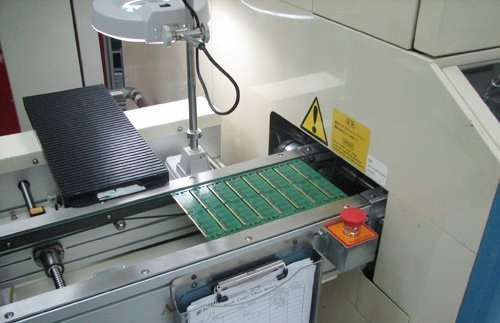Common Problems with Circuit Board Printing
In the screen printing process of the circuit board, it can be divided into 9 parts and 56 variables, which requires correct operating procedures or the following phenomenon will occur.

1. No matter how the screen is pulled, the screen cannot be pulled evenly, otherwise it will often break.
2. The screen cloth and screen frame are not firmly adhered, and dry slowly, or cannot be removed.
3. The screen of the mesh is easy to fall off or break automatically. It will break or fall when dry.
4. There are many meshes on the template, for example, translucent meshes.
5. The edge of the image on the template is serrated.
6. When the template image is washed, some parts of it may not be washed out, or all of them may be washed out.
7. The substrate is not aligned with the original film.
8. It is easy to stick the board during printing, or the image is not clear.
9. The line image on the template is curved like an earthworm.
10. When printing a single layer board, the printing number is small and the photosensitive adhesive will partly falls off.
11. When printing a multi-layer board, the number of prints is low, the mesh holes are gradually increasing, the glue is lost, the print is missing, the paste board, is not printed in place, the most serious is the screen burst.
12. Solder mask come off.
13. Over-development occurs due to solder mask covering pressure.
14. The solder mask has bubbles or wrinkles.
15. The surface of the solder mask will be atomized, dimmed and dull.
16. Silkscreen is easy to come off.
17. The silkscreen is unclear and there are missing prints.
18. The jagged edges of the lines are large and there are missing print.
19. In single-sided multi-layer printing,the phenomenon of sticking to the web occurs.
评论
发表评论